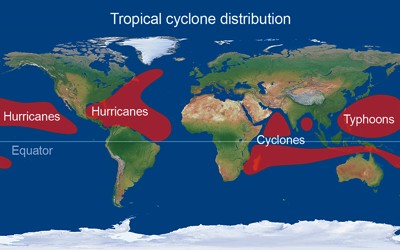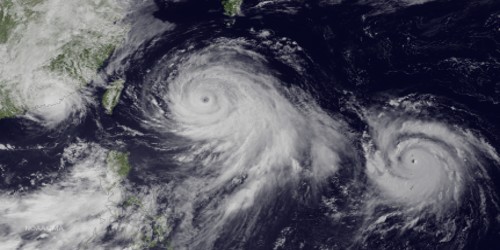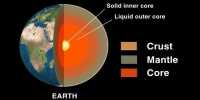Tropical cyclones are intense low-pressure areas confined to the area lying between 30° N and 30° S latitudes, in the atmosphere around which high-velocity winds blow. Horizontally, it extends up to 500-1.000 km and vertically from surface to 12-14 km. A tropical cyclone or hurricane is like a heat engine that is energized by the release of latent heat on account of the condensation of moisture that the wind gathers after moving over the oceans and seas. Every year during July–September in the Northern Hemisphere and January–March in the Southern Hemisphere, cyclones strike regions as far apart as the Gulf Coast of North America, northwestern Australia, and the eastern Indian subcontinent.

Fig: Tropical Cyclone Map
There are differences of opinion among scientists about the exact mechanism of a tropical cyclone. However, some initial conditions for the emergence of a tropical cyclone are:
(i) Large and continuous supply of warm and moist air that can release enormous latent heat.
(ii) Strong Coriolis force that can prevent filling of low pressure at the center (absence of Coriolis force near the equator prohibits the formation of tropical cyclone between 0°-5° latitude).
(iii) Unstable condition through the troposphere that creates local disturbances around which a cyclone develops.
(iv) Finally, an absence of strong vertical wind wedge, which disturbs the vertical transport of latent heat.















